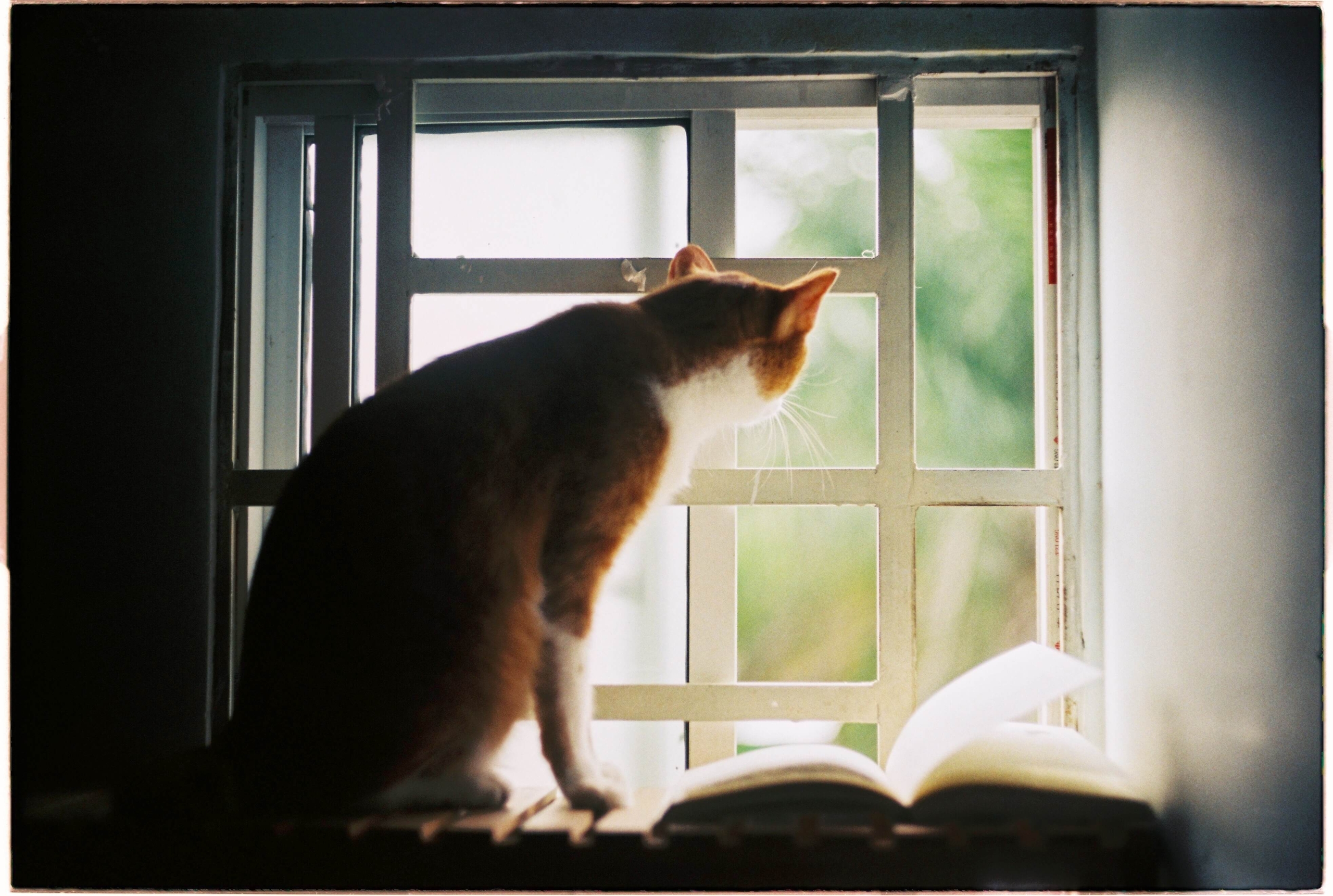There’s a reason cats were once worshipped by the Ancient Egyptians. As any cat lover will tell you, even today, they are magical and bringers of luck. Ok, maybe they’re simply adorable and sassy. Whatever your reasons, they’re part of your family so relocating an outdoor cat might seem like a daunting task. It doesn’t have to be though regardless of whether they originally came from a shelter or not.
What Do Cats Wish their Humans Knew?
As pet carers, most of us wonder what our beloved animals are thinking. Whilst we shouldn’t overthink these things, it can be useful to keep in mind what cats need for their well-being.
Most of us know instinctively when our cats are bored. Nevertheless, if you have an indoor cat, it’s probably harder to fix that issue, especially if you’re working full-time. A great strategy is to turn your house into an adventure park for cats with all the right toys, tunnels and posts to keep them curious.
Of course, it’s important to also spend time with them. Much as we like to think of our cats as independent, they do need and appreciate the company. This Kansas City vet hospital’s article on the things your cat wishes you knew further confirms that purring isn’t always a good thing. In some cases, it can mean pain or stress so if you’re in doubt, take your cat to the vet.
One of the major events cats would rather avoid is moving home but unfortunately, sometimes these things are out of our control. Regardless, you still move with your cat rather than abandoning them to the unknown.
Relocating an outdoor cat might feel like an impossible challenge but you just need time and patience. One interesting tip from Hills pet food is to use your cat’s glands to mark your new house for them. The idea is to wipe their cheeks and head with a soft tissue to get the glands that you can then rub on walls and surfaces outside.
Regardless, when relocating an outdoor cat, it’s all about minimising the stress and helping them find their routine and space as soon as possible. In fact, that’s very much the same as what we need.
The Best Recommendations for Relocating an Outdoor Cat
Moving house for an animal can be compared to moving house for us. In fact, as this psychology article on the depression of moving explains, it’s all about the fear of the unknown and the loss of your reference points. Bear this in mind as the context for reviewing these tips for relocating an outdoor cat.
1- Stick to a routine
It sounds obvious but routine is important to all of us and especially to your cat. In essence, routine keeps us grounded and makes us feel safe because everything is clear and certain.
Whilst you will undoubtedly be stressed and busy, try to make sure you keep to the same time for meals and most importantly, playtime. Moreover, spending time with your cat will make you both feel better, apparently even 300% times better.
According to this Hills article on the science behind the love for our pets, a study conducted in Japan shows that our oxytocin levels increase by 300%. That happy hormone that makes us feel loved is a huge boost to our well-being. So, keep gazing into your cat’s eyes for a happier day.
2- Make it a game
As we previously described in our blog on having fun with your pet, it isn’t just about Pet Appreciation Week. Every day can be a day for new games and adventures. Don’t forget that it’s good for us too to play and have fun. So, what games or dens can you create with boxes and carriers to get your cat used to them before moving day?
3- First 2weeks indoors
When it comes to relocating an outdoor cat, it’s important to keep them inside for at least 2 weeks. This is partly so that they can get used to the house but also so that they don’t panic and bolt. Make sure you have a special room dedicated to this where you can put their bed and favourite toys.

4- Encourage exploration
Cats love to hunt and explore so it’s important to leverage this natural instinct to help them move on from their stress. You can create exploration dens with boxes or cushions and toys around your house. Why not even hide some treats to make things even more interesting when relocating your outdoor cat?
5- Gradual familiarity walks
When you do start taking your cat out, stay with them initially so that they know they are not alone. Moreover, you should keep an eye out for neighbouring dogs or other territorial cats. Most importantly, avoid nighttime so that you can both see potential threats in advance.
6- Move the litter tray initially outside for outdoor cats
As you start shifting your outdoor cat back to the outdoors, put the litter tray outside so that they have a reference point. Then, start decreasing the amount of cat litter gradually so that they start changing to doing their business outside again.
Finally, don’t forget the power of food. When they’re transitioning back to the outdoors, reduce what you feed them during the day so that they always have the motivation to come back for more.
Simplifying the Process for Relocating an Outdoor Cat
Moving house isn’t easy for any of us but we a little plan and a lot of creativity, it can be a lot less stressful. Simply remember to keep to a routine as much as you can, transition relocating an outdoor cat gradually and remember to leverage food. You can then both focus on the fun side of moving house and explore your new surroundings together.


